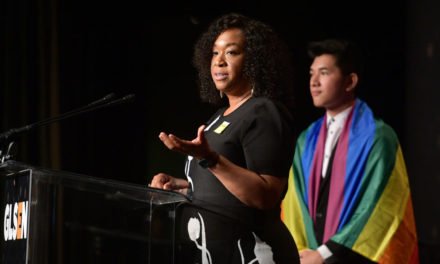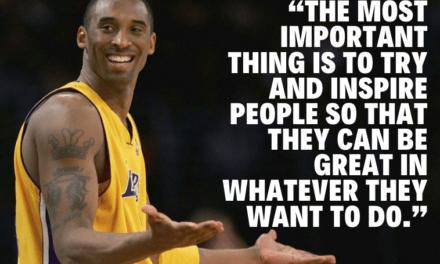
In a recent post I tried to make the case that organizations are products of culture—just like every other part of culture like sports, TV, music, and food. They are uniquely part of their respective histories, societies, and cultures and should not be mistaken as unchanging or universal things that are “outside of us.” Although most business strategists would agree that organizations have cultures and are a part of cultures, there is still work to be done in defining what exactly we mean by that. Again, I think we can move the needle beyond thinking about organizations as things, and understand them similar to the way we understand people and places.
When we think about the cultures of people and places we think about the unique characteristics that define them: for people things like race, gender, sexuality, religion, and for places things like food, music, customs, and tradition. But can we also think of organizations in the same way? Do organizations have genders? Races? Distinct customs and traditions? In what sense are they equally alive and well like the people and places that we know have such vibrant cultures?
Here’s an example of what I mean. I recently had the opportunity to visit a large manufacturing plant where I was invited to observe their culture. Along the tour, I noticed several interesting things about the plant’s culture. First, the majority of their employees were mostly white, blue collar, and many were recruited from family members who had worked for the company since its inception. In fact, a common theme from the visit was employees boasting how many years they’d been with the company and detailing how they joined the company through a connection of a close relative. Because education attainment and highly technical skill were not differentiators, many employees used years of employment and their family name as markers of loyalty and superiority within the company.
The second thing from the tour that struck me was the unique nature of the organization’s communication—both internal to their employees and external to the community (people like me). As I walked through the assembly line of the machines and people making the products, I couldn’t help but notice signs that warned things like “If you have time to lean, you have time to clean” or sarcastic warnings about the dangers of the machines that could cause the loss of limbs. The kind of “in your face” nature of the communication says a lot about the people the company knows will see them. The sign encouraging a clean work environment is direct and an admonition against laziness. The sign about machine safety, uses the loss of a limb in a humorous context. Both could be interpreted as reflections of the type of blue-collar male employees that mostly fill the organization.
Without going into more detail about this site visit, my point is that organizations take on the unique cultures of the people that make them up. In the legal world, corporations are given many of the same rights that individuals have. And in the growing knowledge economy, many speak of organizational knowledge in the same way we talk about what individual’s know and learn. So can we not also think about organizations having unique gender, racial, religious or ethnic characteristics? If organizations are nothing more than the collection of the individuals that make them up, I think we can—and should.
I recently had a conversation with a director of a large financial institution who was in charge of understanding their company’s culture. Our conversation convinced me of the importance of thinking broadly about organizational culture. They expressed their dissatisfaction that for the most part the organization’s culture was normally deduced from employee engagement surveys. In essence, the organization understood their culture as synonymous with how their employees experienced day-to-day work. I think engagement surveys are highly effective tools for measuring all kinds of things—and they can even give you insights into many aspects of company culture. But I also think that a company’s culture is larger and more complex than just an employee’s perceptions and experience. To get a fuller picture of an organization’s culture, we could also view them through the same lenses we use to understand the people and places of culture. In short, conceiving of organizational cultures not like bland, robotic things, but like vibrant people and places—the stuff that makes them up.


















